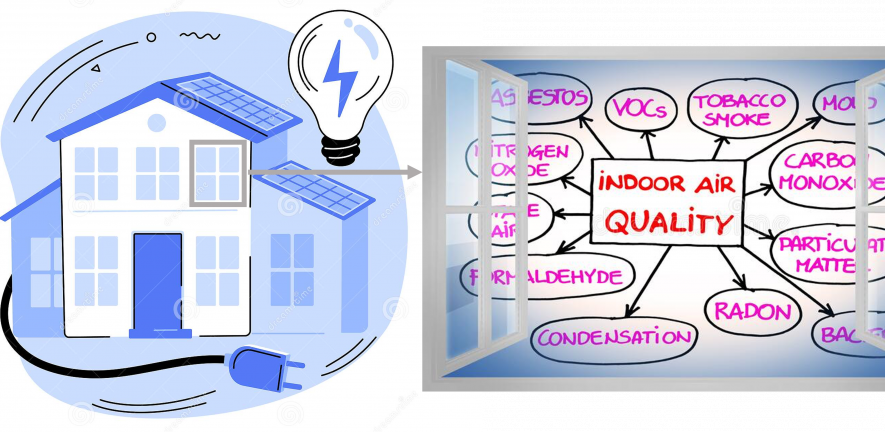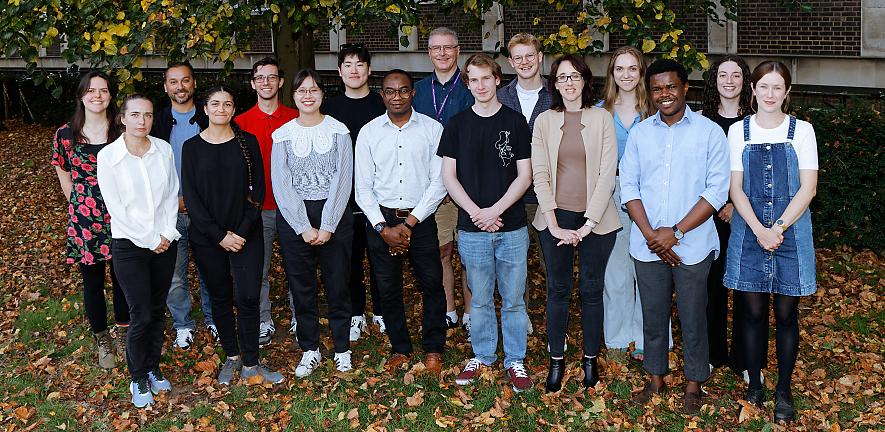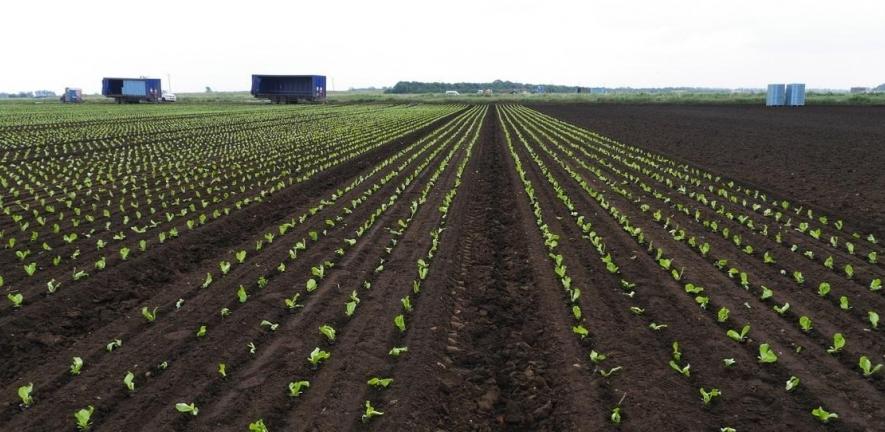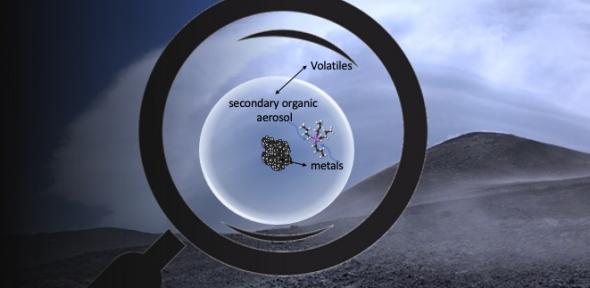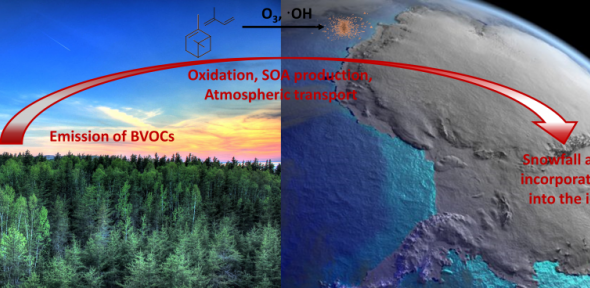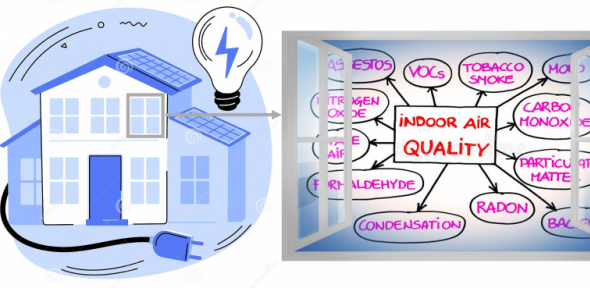We are an interdisciplinary group working on air quality and climate.
Recent Publications
A STUDY OF PALSA BOG ORGANIC MATTER STABILIZATION IN RESPONSE TO HOLOCENE CLIMATE CHANGE USING 13C NMR AND FTICR MS
– Applied Geochemistry
(2025)
106417
Short-lived reactive components substantially contribute to particulate matter oxidative potential.
– Science advances
(2025)
11,
eadp8100
(doi: 10.1126/sciadv.adp8100)
Oxidative Potential of Indoor Particulate Matter Collected During Campaigns in the UK, Slovenia, and Sweden
(2025)
Iron speciation in urban atmospheric aerosols: comparison between thermodynamic modelling and direct measurements
– ACS Earth and Space Chemistry
(2025)
9,
649
The INGENIOUS project: towards understanding air pollution in homes.
– Environ Sci Process Impacts
(2025)
27,
355
(doi: 10.1039/d4em00634h)

